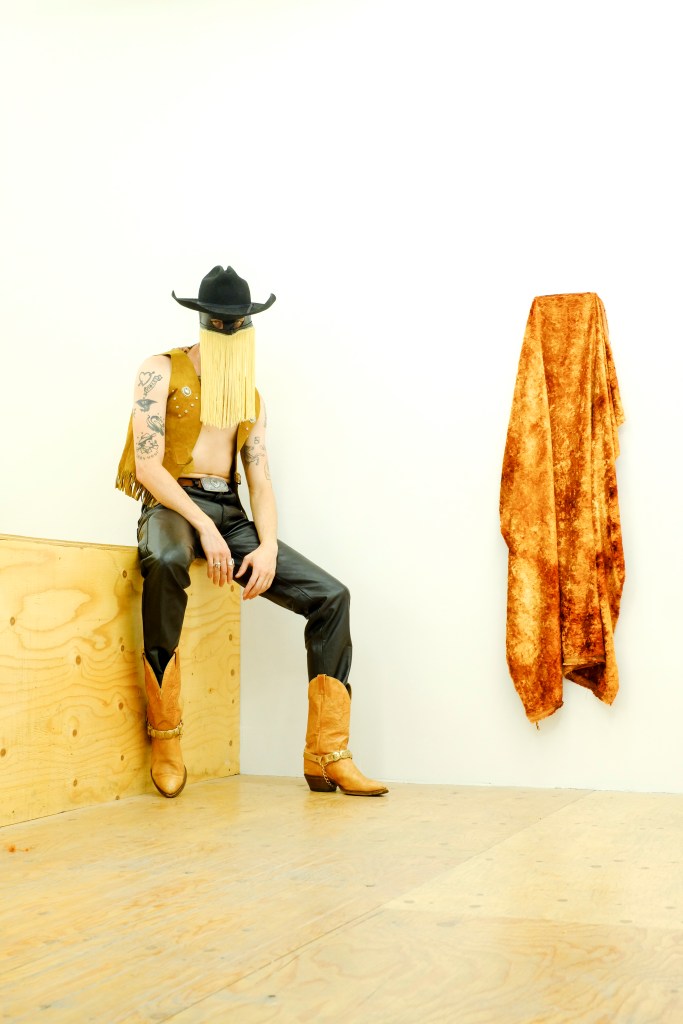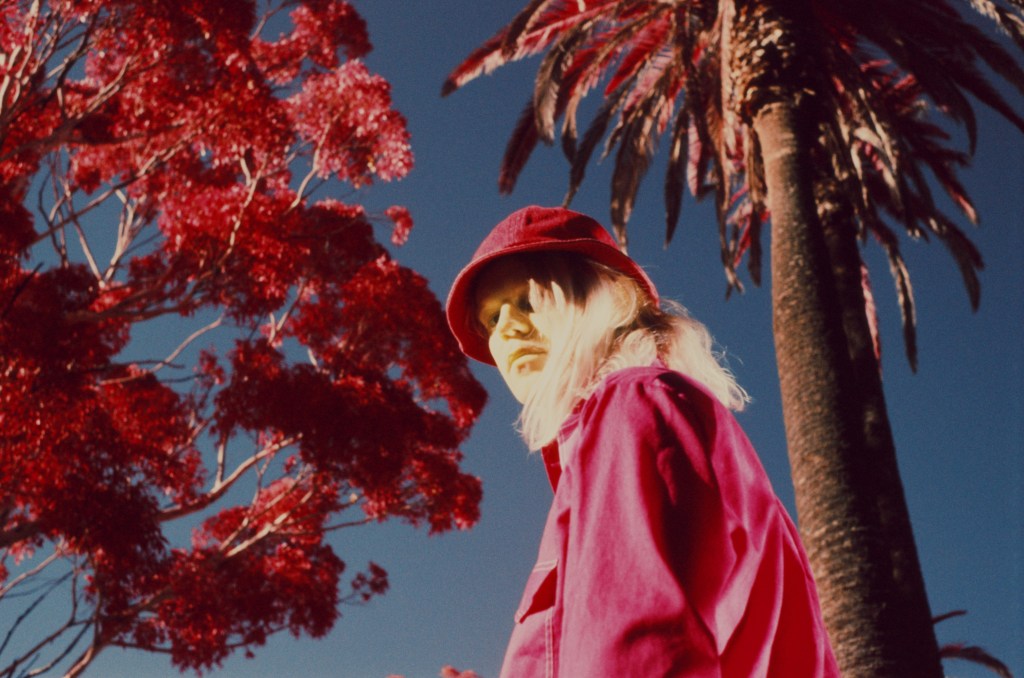It’s hard to imagine the Toronto neighbourhood known as The Annex without Lee’s Palace. Its colourful, hectic mural is a nostalgic standout in a neighbourhood that, while still holding on to some of its most historic and memorable storefronts, looks more and more cookie- cutter each year. The venue is a glorious ode to rock and roll, Canadian art and access to live music, the mural pulsing with life and history, with sweat, beer and spit soaked into the concrete after years of shows. Lee’s Palace has been a staple of the city since 1985, but it has a storied history that extends much further back and boasts many similarities to the narratives of many other music venues in Toronto.
After serving as a shoe shop for many years, 529 Bloor Street West, now known as Lee’s Palace, was one of the many beautiful theatres owned by the Allen movie theatre chain. Allen’s Bloor Theatre, which opened in 1919, was designed by Howard Crane, the famed Detroit architect who also designed Detroit’s Fix Theatre, Opera House, Fillmore and The Old Red Barn, the nickname for the old home of the Red Wings. Crane’s design was appropriately cavernous, and was only expanded upon when Famous Players bought the theatre in 1923 and added an orchestra pit.
Videos by VICE
After the theatre closed its doors in 1957, the building itself remained vacant for years before being bought by Ed Silverberg, who turned it into the Blue Orchid. Again, renovations were key to the reimagining of what would become Lee’s Palace, as the Blue Orchid was responsible for one of the biggest structural changes that would later define Lee’s Palace. Blue Orchid, which specialized in putting on dinner theatre and burlesque shows, did away with the upper balcony that had been in place since the days of the Allen’s Bloor Theatre and replaced it with a second floor speakeasy. That speakeasy would then become the Dance Cave, a central characteristic of Lee’s Palace, which provided a dance-club-esque home for fans of Mod, Britpop and alt-rock in the late ‘80s and through to this day.

The next few years were mostly defined by turnover for the venue, as it changed hands and morphed into a series of indistinct restaurants and nightclubs, hardly a vision in line with Allen’s original theatre or the booming arts hub that was Bloor West. Then, in 1985, Mr. Lee purchased the venue and provided its namesake. He kept much of the design the same, seeing the potential for a variety of shows to take place in the multi-level venue. Few intimate clubs – and Lee’s Palace is on the smaller side – can claim such a roomy feel, the tiered floors allowing for a variety of sightlines that avoid the crammed bodies and obstructed views of a place like Sound Academy. It was Mr. Lee who also commissioned the famous mural that adorns the outside wall (having been updated three times since 1985) from artist Al Runt, forever shaping the aesthetic and mythology of Lee’s Palace.
The venue became a stomping ground for local and international rock acts. Handsome Ned and Blue Rodeo were the first acts ever booked under the Lee’s Palace name, but the venue went on to host a number of notable bands. In fact, Lee’s Palace became the go-to venue for first-time Toronto appearances. Nirvana played a small gig there in 1990, audio of which is remarkably available online. Oasis, Blur, and a handful of other huge international acts all made their Toronto debut at Lee’s Palace. The legacy of the venue extends into pop culture at large as well. Specifically, the venue is featured in the Scott Pilgrim comics and movie, the sight of Michael Cera’s battle with Brandon Routh before he gets taken away by the Vegan Police.

To this day, the original creative vision behind Lee’s Palace is remarkably similar to when it first opened its doors in 1985. It hosts local and international acts, is a hub for festivals like NXNE and Canadian Music Week, and boasts the most distinctive storefronts in all of Toronto, all while the Dance Cave remains one of the biggest draws in the Annex. Lee’s Palace is booking and curating at its best, drawing from the breadth of talent in the local community and letting the venue and its history speak for itself. In that way, Lee’s Palace is appropriately unvarnished, and Toronto music fans wouldn’t have it any other way.
Kyle Fowle is a writer living in Toronto – @kylefowle




